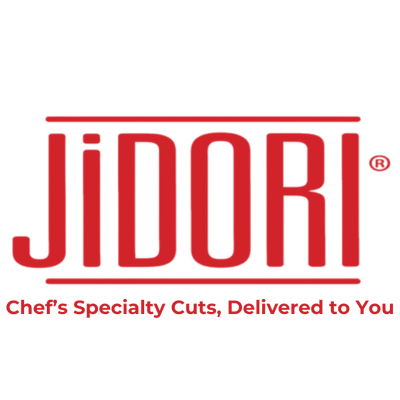If you’ve recently reached for a carton of eggs at the grocery store or placed an order with your restaurant supplier, you’ve likely noticed a significant shift. Higher prices and, at times, limited availability or empty pallets have become the norm. This “egg shortage” in America has left many home chefs and culinary professionals wondering what’s going on and when things might return to normal. At Jidori Chicken, we understand the importance of reliable, quality ingredients, and we want to help shed some light on this situation.
Why the Empty Shelves and Higher Prices?

Several factors have converged to create the current egg supply challenges:
-
The Persistent Impact of Avian Influenza (Bird Flu): This virus has had a devastating effect on poultry populations across the country, including laying hens. Outbreaks lead to the culling of entire flocks to prevent further spread, significantly reducing the number of egg-laying birds. While efforts to control the virus are ongoing, new outbreaks can still impact supply.
-
Increased Demand: Post-pandemic, many people have continued to cook more at home, leading to sustained higher demand for eggs. Additionally, the holiday season and certain dietary trends can further amplify this demand.
-
Supply Chain Disruptions: Like many industries, the egg industry has faced its share of supply chain hurdles, including transportation issues and labor shortages, which can impact the efficient distribution of eggs.
-
Increased Input Costs: The cost of feed, a significant expense for egg producers, has risen due to various factors, including global events and weather patterns affecting grain harvests. Higher feed costs inevitably translate to higher egg prices.
Will Egg Supply and Prices Return to Normal?
Predicting the exact timeline for normalization is challenging, as it depends on several interconnected factors:
-
Control and Containment of Avian Influenza: The most significant factor is the successful control and prevention of future bird flu outbreaks. This requires stringent biosecurity measures on farms and continued vigilance. As affected flocks are replaced and the virus subsides, supply should gradually increase.
-
Replenishing Laying Hen Populations: It takes time for new chicks to mature and begin laying eggs. Rebuilding flock numbers to pre-outbreak levels is a process that can take several months.
-
Stabilization of Input Costs: A decrease in feed prices and other operational costs would help alleviate the pressure on egg prices. This is influenced by broader economic and agricultural factors.
-
Balancing Supply and Demand: As supply gradually increases and demand potentially stabilizes, we should see a downward trend in prices.
Unfortunately, industry experts anticipate that it could take several months to a year or more for the egg market to fully recover and for prices to return to levels we were accustomed to before the recent surge. While we may see fluctuations in local markets, a sustained return to normalcy requires a consistent period without major avian influenza outbreaks and a stabilization of the other contributing factors.
A Quick Look at Egg Nutrition: Free-Range, Organic, and Regular

As discerning home chefs and restauranteurs, you care about the quality and nutritional value of your ingredients. Here’s a brief overview of the nutritional differences you might find between different types of eggs:
-
Regular (Conventional) Eggs: These come from hens typically raised in larger, indoor environments. Nutritionally, they provide a solid base of protein, vitamins (like A, D, E, and B12), and minerals (like choline and selenium).
-
Free-Range Eggs: These eggs come from hens that have access to outdoor areas. The nutritional profile is generally similar to conventional eggs, but some studies suggest they may have slightly higher levels of Vitamin D and omega-3 fatty acids due to increased exposure to sunlight and foraging. However, the extent of outdoor access and foraging can vary greatly between farms.
-
Organic Eggs: These eggs come from hens raised on organic feed (free from synthetic pesticides and fertilizers) and with access to the outdoors. They also typically have more space indoors than conventionally raised hens. Nutritionally, they are generally comparable to free-range eggs and may have slightly higher levels of omega-3 fatty acids. The primary difference often lies in the farming practices and the hens' diet.
The Bottom Line for Chefs:
At Jidori Chicken, we are committed to providing you with the highest quality chicken. While the current egg situation may be frustrating for everyone, understanding the reasons behind it and what the future might hold can help us all navigate these challenges. We will continue to monitor the situation and keep you informed of any significant developments. In the meantime, we encourage you to explore the versatility of other premium poultry options we offer and to be mindful of egg usage in your culinary creations.

